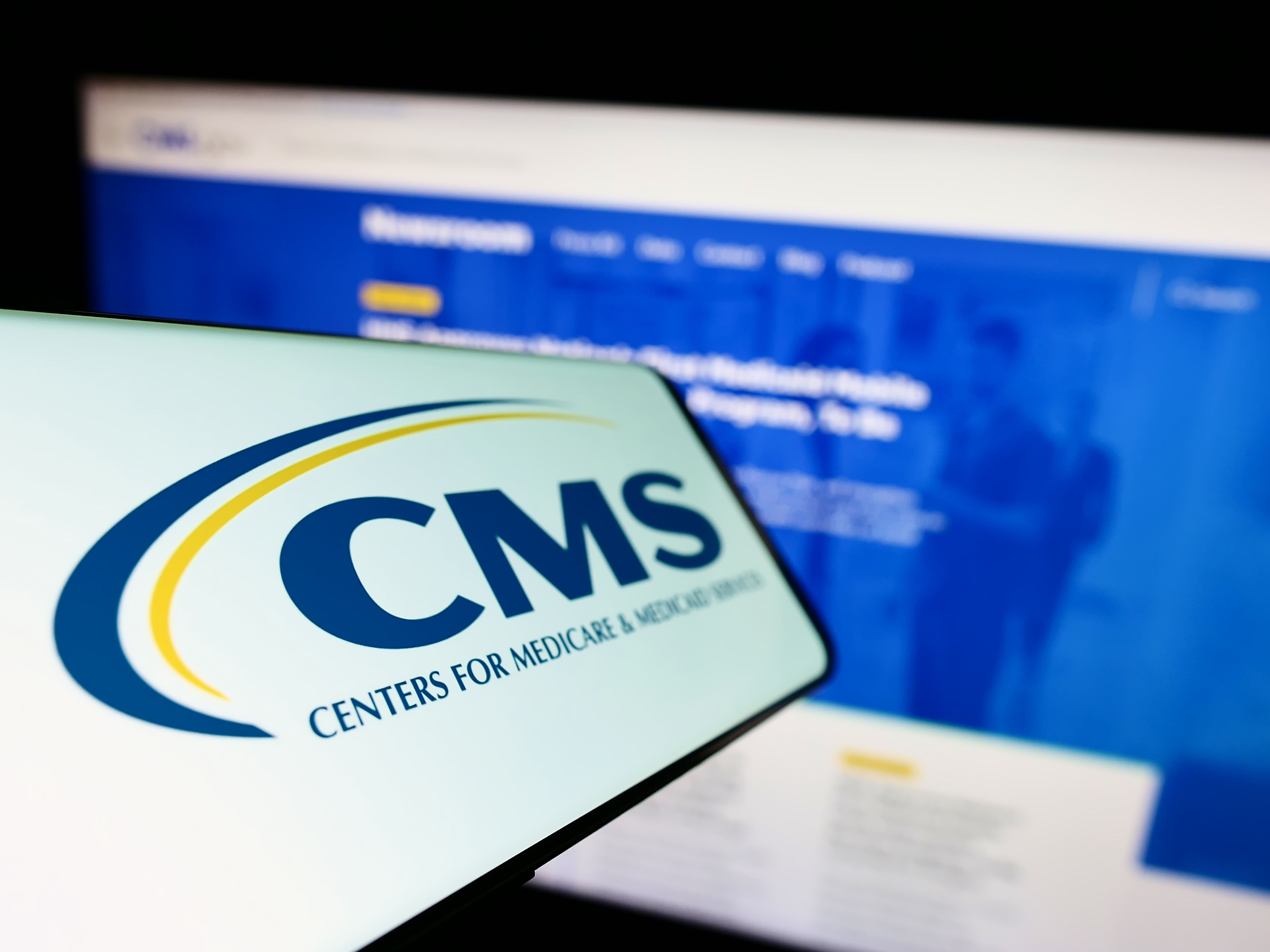Article
Handling high-deductible patients requires communication, policies
In the near future, patients will cover more of their healthcare bills as deductibles increase along with access to insurance. It could mean a financial hit if the challenges presented by the trend toward high-deductible health plans are not handled properly by medical practices.

Drew Haynes, EA, CHBCIn the near future, patients will cover more of their healthcare bills as deductibles increase along with access to insurance. It could mean a financial hit if the challenges presented by the trend toward high-deductible health plans are not handled properly by medical practices.
In order to survive in this healthcare economy, you and your medical practice must be willing to change with it. High-deductible health plans are becoming the new norm. Upfront and honest communication with patients, combined with a solid financial policy is a great place to start.
Patients should be required to sign the policy and a copy should be given to them. It is your responsibility to make sure that patients understand their financial responsibility right from the start.
There are two types of patients you must consider: Those that can’t afford to pay the bill and those who only want to pay after a procedure is completed.
In a perfect world, every patient would have the financial means to pay their full out-of-pocket expense in advance, and everyone would be happy. However, some patients just can’t afford to pay their portion of the bill. Your financial policy should outline how patients with financial concerns should be treated. Payment plans, when implemented correctly, can be a viable option.
There are two key aspects to an effective payment plan. First, figure out what portion of the bill the patient can afford, and get that amount upfront. Upfront payment, even a small amount, can help a practice’s cash flow.
Second, set up automated payments. It is valuable to have a bank account or a credit card on file that can be charged automatically over the course of the agreed-upon payment plan. This makes it convenient for the patient and ensures that you will be paid.
If a patient does not express concerns about paying for a procedure, then payment at the time of service is ideal. This method is becoming more popular and is the most effective collection strategy. It can be challenging to get a patient to pay for a procedure after they have received the service.
Requiring upfront payments may make you uncomfortable but it is a valuable tool in today’s healthcare environment.
Upfront payment must also be addressed clearly in your financial policy. Consider wording such as this: “If you must undergo a procedure, we will contact your insurance company to ensure your eligibility and obtain an estimate of covered benefits. On or before the day of your procedure, you are required to pay any out-of-pocket costs. After the procedure is completed and payment is received from your insurance company, any remaining balance must be paid in full within X number of days. If payment from your insurance company results in a credit balance, that balance will be refunded to you within X number of days.”
Making patients aware of their responsibility in advance allows them to ask questions and develop a plan that fits their financial needs. Your staff should be well trained on how to handle any concerns patients might have.
Drew Haynes, EA, CHBC, is an accountant and certified healthcare busines consultant with Medical Resources Group, Inc., in Louisville, Kentucky. Send your practice management questions to medec@advanstar.com.
Related articles
Could high-deductible plans today mean higher healthcare costs in the future?
Do high deductibles mean high risk for physicians?
Preparing your practice for the workflow and financial challenges of Obamacare
Medical collections: 8 Tips for reducing collection agency referrals
Adapting your medical practice to the demands of healthcare reform





